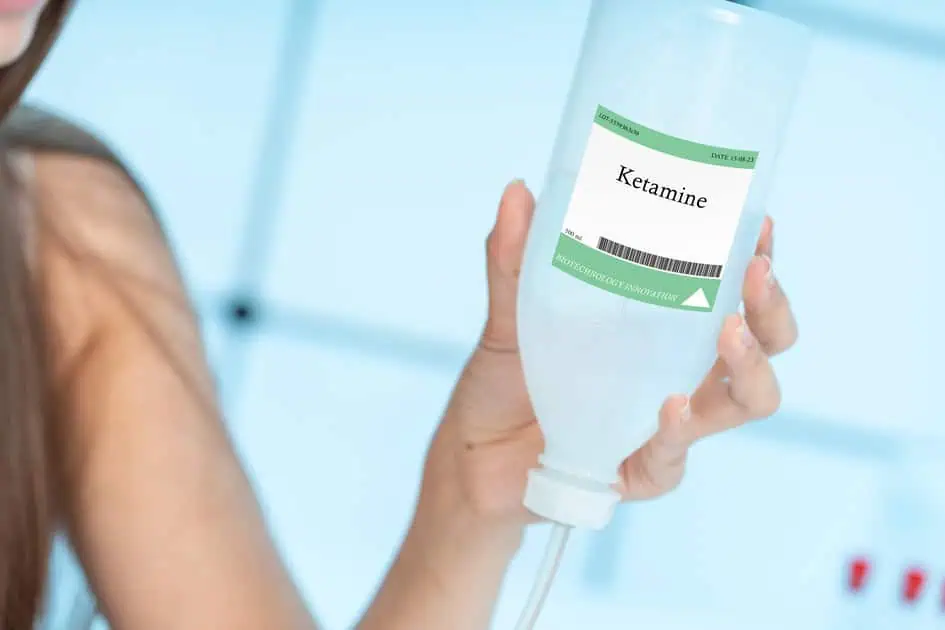Table of Contents
If you have been coping with persistent depression, anxiety, post-traumatic stress, or chronic pain, it is normal to feel unsure about trying a new form of care. You may have heard about Ketamine Therapy and how it can help individuals who have not found relief through traditional options. The thought of something different can bring hope, but it can also create anxiety if you are not sure what to anticipate. Knowing more about Ketamine Infusion Therapy before your first appointment can ease worries and help you feel prepared. This post will explore what happens before, during, and after an infusion so you can feel more at ease with Ketamine Treatment.
At Access Health Services in Lanham, MD, our goal is to provide a clear understanding of how Ketamine for depression, Ketamine for anxiety, and Ketamine for Chronic pain may fit into your care. By explaining the details of the process, we want you to feel informed and comfortable. Below, we will outline the essentials of a first session, from pre-infusion preparation to post-infusion recovery. This information will highlight how Ketamine Therapy in Lanham, MD, may be an option for you, especially if you have had limited results with other approaches.
Why Many People Consider Ketamine Therapy
Many individuals search for methods that can help ease emotional or physical distress, especially when standard treatments do not seem to work. Ketamine Therapy can provide a unique path toward relief for those dealing with depression, anxiety, and chronic pain. It is not meant to replace every other modality but can be a supplemental option when other steps have not produced the desired outcome.
- Evidence-Based Results: Studies indicate positive responses among those who try Ketamine Infusion Therapy for treatment-resistant depression. Some people notice changes in mood or pain levels after one or two sessions, which can give them motivation to keep going.
- Encouragement of Neuroplasticity: This form of care may shift how certain brain pathways operate. In many cases, this can reduce the intensity of symptoms and support better coping skills for the long term.
- Close Monitoring: One reason people feel comfortable exploring Ketamine Treatment is the level of supervision it involves. Medical professionals track each infusion stage, adjusting to create a safe experience.
Preparing for Your Ketamine Infusion Therapy Session
If you decide to move forward with Ketamine Infusion Therapy, preparation can help you feel more secure. You will typically undergo a screening that might involve a chat about your past treatments, current medications, and overall health. This is to confirm that the infusion will be safe and beneficial for you.
- Share Your Medical History: Be open about your existing or past mental health and medical concerns. Providing this information helps the clinical team tailor the infusion settings to your needs.
- Discuss Your Medications: Certain medications could affect how Ketamine Treatment works in your body. Your provider will guide you regarding any changes in dosage or timing before the session.
- Plan for After the Session: Because you may experience mild sedation, it is wise to make transportation arrangements. You will also want a calm environment at home for the rest of the day.
Addressing these points will give you greater confidence on the day of your appointment. It is also a good idea to ask questions in advance so that you understand any potential side effects or what to do in the rare event of complications.
What Happens During the Ketamine Infusion
During Ketamine Infusion Therapy, you will be seated or lying in a comfortable setting. The clinical team at Access Health Services in Lanham, MD, will start by placing an IV line, which is how the medication is delivered. The infusion usually lasts 40 minutes to an hour, though this may vary based on individual needs.
- Monitoring: Throughout the infusion, medical staff observe your blood pressure, heart rate, and oxygen levels. This careful attention ensures your safety at every moment.
- Sensations: Some patients describe mild changes in perception. You could feel lightheaded or slightly detached from your surroundings. These feelings typically go away once the infusion is complete.
- Staff Assistance: If you feel nervous or any unusual symptoms occur, let the team know immediately. They are there to make sure you stay as comfortable as possible.
When the infusion ends, you may stay in the treatment room for a short period so the staff can confirm that you are steady before you leave. This process is usually quick, but everyone is different, so recovery time can vary.
Potential Side Effects and Safety Measures
Even though many find benefits with Ketamine for depression, Ketamine for anxiety, or Ketamine for chronic pain, it is important to be aware of possible side effects. These can vary from person to person, but most are mild and improve shortly after treatment.
- Common Side Effects: You might notice drowsiness, a temporary increase in heart rate, or mild nausea. Headaches can also occur. These issues often subside within a couple of hours.
- Less Common Effects: Sometimes, individuals have more vivid dreams or sensory changes during the infusion. If this happens, the medical team can adjust the medication rate.
- Safety Measures: Your health is a top priority. The staff will watch for any concerns, and the environment can respond. While many people tolerate Ketamine Treatment well, knowing that you have a professional team nearby can ease any worries.
Open communication about how you feel during and after each session helps the care team fine-tune the process for your unique situation.
Recovery and Follow-Up for Lasting Benefits
Post-infusion care can be just as important as the session itself. After Ketamine Infusion Therapy, you will likely need a brief recovery period in the office before heading home. Once you are released, plan to relax for the remainder of the day to allow your body and mind to rest.
- Ongoing Support: Regular communication with your provider is key. They might recommend additional infusions on a set schedule or suggest combining Ketamine Therapy with counseling or other forms of support.
- Lifestyle Factors: Maintaining healthy habits, such as balanced eating and regular exercise, can help maintain the positive effects of Ketamine Therapy and promote better overall well-being.
- When to Seek Help: Contact your medical team if you notice any concerning symptoms. They can guide you on whether an adjustment in the infusion plan is needed.
With the right follow-up strategy, many people find that the positive changes from Ketamine Therapy continue and may even expand over time, especially when combined with other supportive methods.
Conclusion: Taking Steps Toward Improved Well-Being
Your first Ketamine Infusion Therapy session can feel more manageable when you clearly understand what to expect. By understanding the reasons for considering this approach, how to get ready, what the actual infusion involves, potential side effects, and follow-up steps, you can enter the experience with clarity. If you have been looking into Ketamine Therapy in Lanham, MD, the team at Access Health Services is here to support you. We work closely with each individual to develop a plan that aligns with specific needs, aiming to provide results that can make a significant difference.
If you are ready to explore how this approach might fit into your mental health or pain management plan, we encourage you to take the first step toward relief. Contact us at Access Health Services to address your questions, guide you through each step, and ensure you receive attentive care in a secure setting.
We look forward to hearing from you and helping you discover a path that will sustain your well-being.




